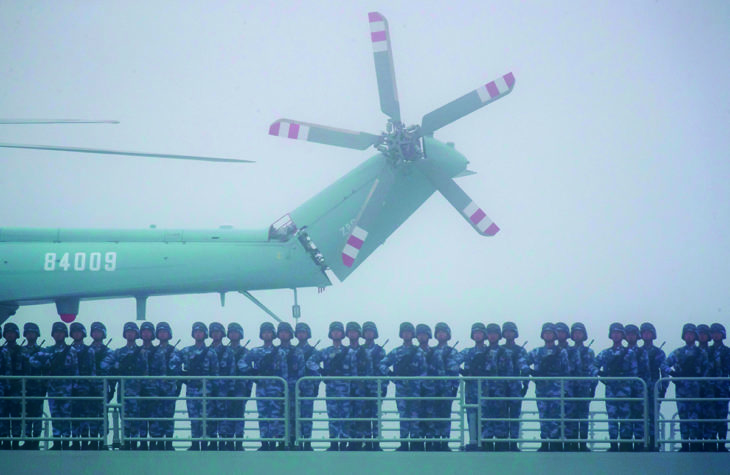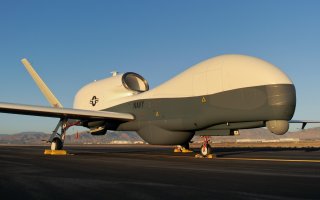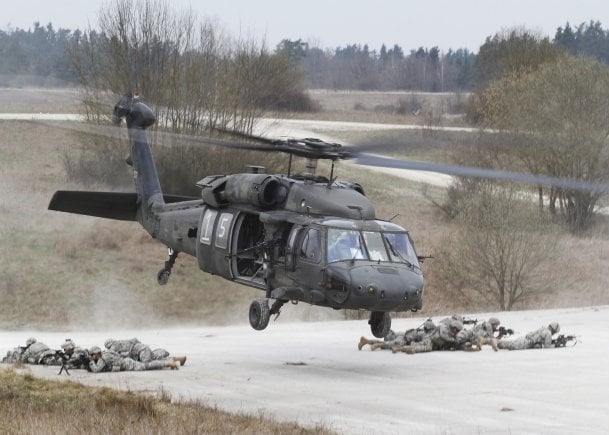ZORAWAR DAULET SINGH

The disengagement process with China is the beginning of the end of a major regional crisis. It was only the even more devastating impact of the global Covid-19 pandemic that overshadowed the almost year-long India-China standoff in Ladakh, which resulted in military casualties at the Line of Actual Control for the first time since the 1970s. As the prospects for armed conflict recede, Indian strategists must now begin the process of making sense of the troubled India-China relationship.
In my latest book, Powershift: India-China Relations in a Multipolar World, I focus on three central themes that I believe will define the future of India-China relations – contested territory, the tumultuous but inevitable transition to a multipolar world order, and managing an uneasy rivalry in a common neighbourhood. Each theme has its own history and context, and reveals a part of the India-China puzzle. Finding a settlement or agreement on any one theme, however, requires an understanding between Delhi and Beijing on another issue. So fashioning a compromise on the seven-decade-old border dispute is impossible without a common understanding on Asia’s future. Or, the geopolitics of the subcontinent – where China’s footprint looms larger than at any point in the past – cannot be regulated without a stable and settled India-China frontier. This is what makes the relationship challenging for policymakers and befuddling to public audiences. There is no quick fix or straightforward solution.
It is disconcerting to see India’s contemporary discourse mystify China. After all, we have been living with the People’s Republic of China as a neighbour for more than 70 years and the fact that we are constantly trying to reinvent the wheel is something that needs to be set aside.












